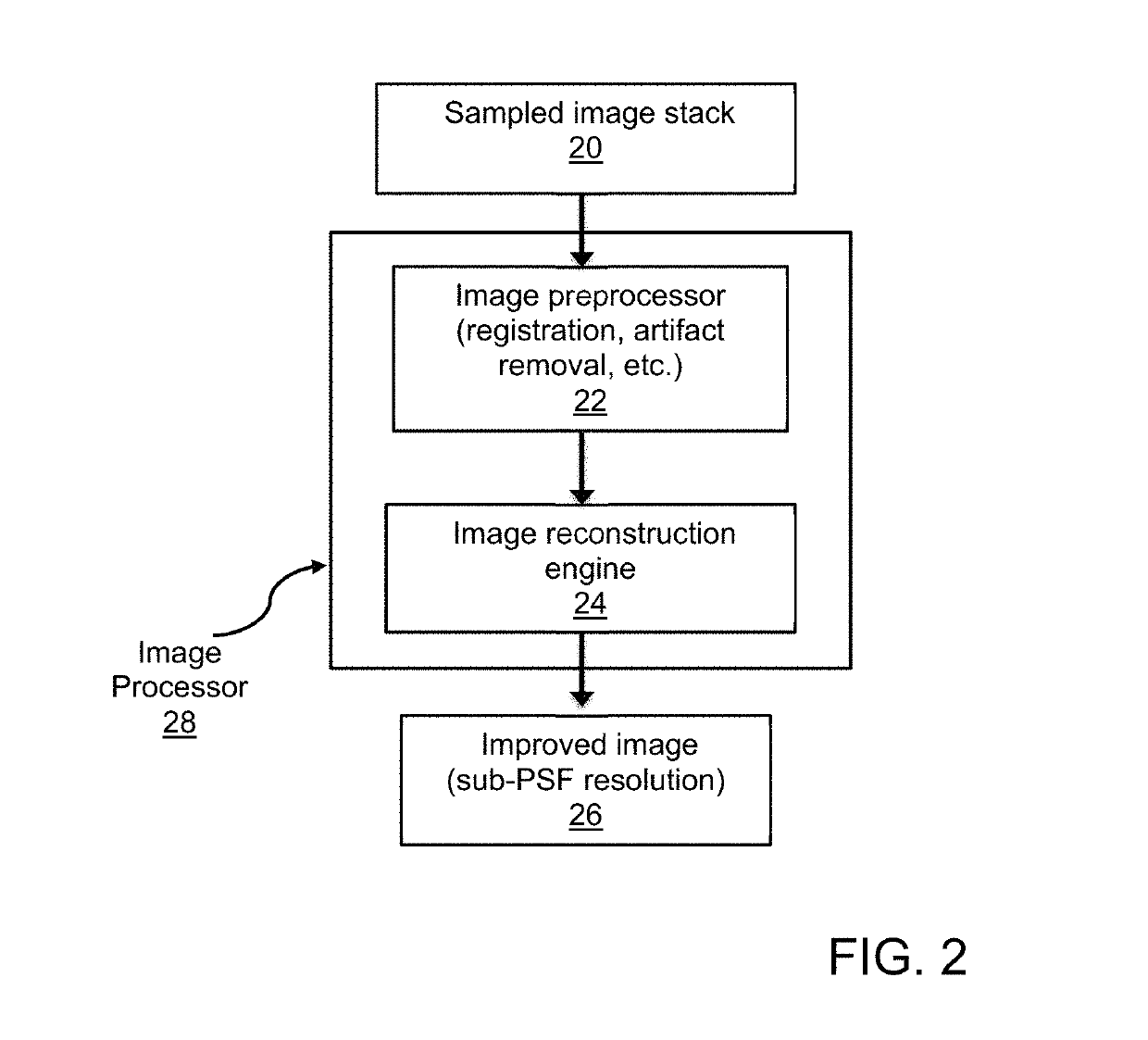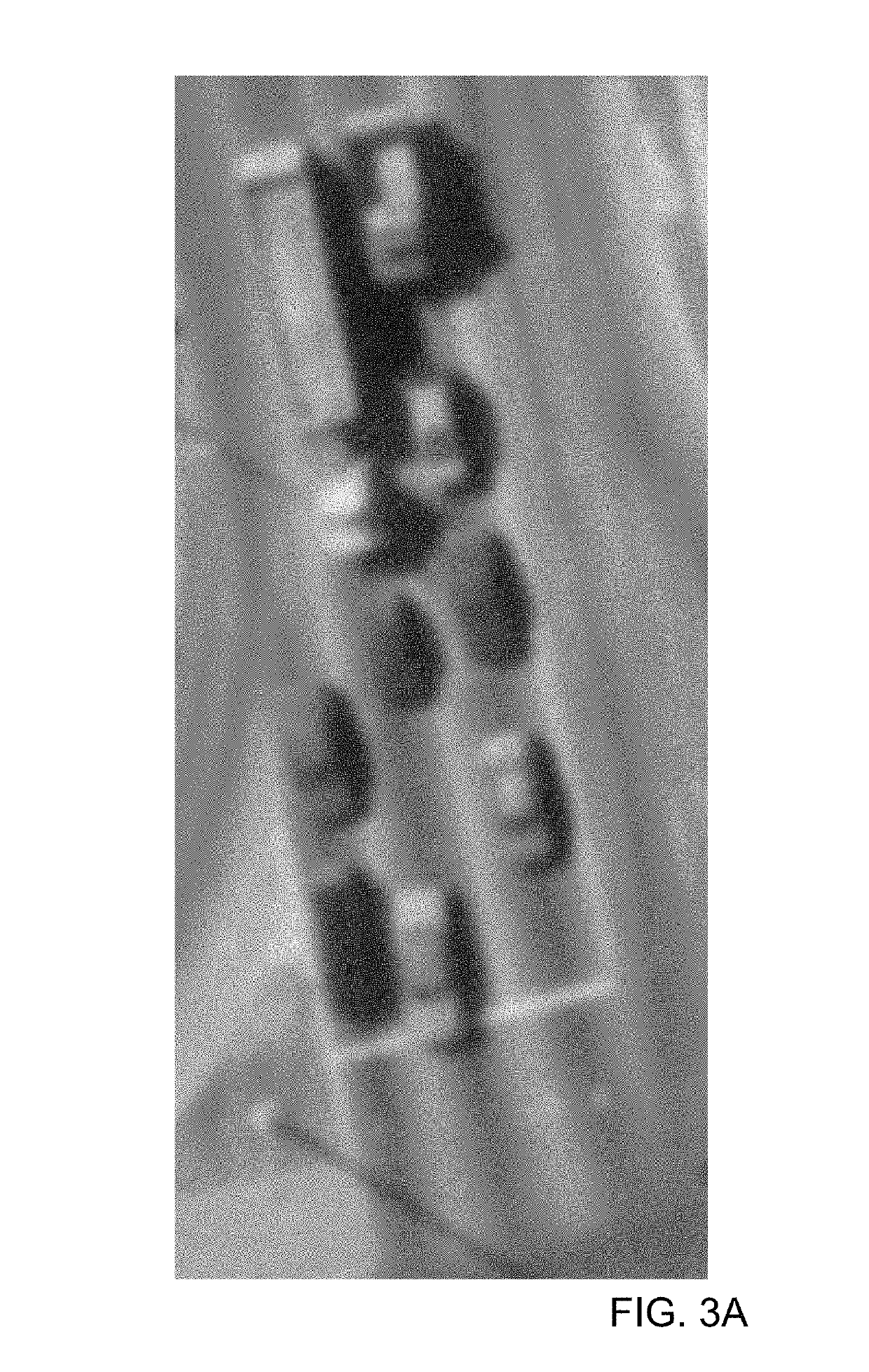Method and system for processing images from a remote image detector
a remote image and detector technology, applied in image enhancement, image analysis, instruments, etc., can solve the problems of not using advanced image-processing methods to improve their imagery, chromatic aberration, field curvature, distortion, etc., to reduce noise, improve image quality, and remove image blur
- Summary
- Abstract
- Description
- Claims
- Application Information
AI Technical Summary
Benefits of technology
Problems solved by technology
Method used
Image
Examples
Embodiment Construction
[0020]In an exemplary embodiment, a method and system for enhancing the quality of images of, or images obtained from, moving objects combines principles of well-sampled imaging data with advanced image reconstruction algorithms to improve spatial resolution of the image. In general, the method and system are applicable in cases where there is relative movement between the location of the image detector and the object to be images. The relative movement may arise from the positioning of the image detector on a satellite (travelling at high speeds on the order of 5,000 to over 20,000 miles per hour, depending on orbit altitude), surveillance aircraft (manned or unmanned, ranging from the low 100's of miles per hour up to supersonic speeds), or other platform located at a high altitude, where the image detector is directed toward an object, either stationary, such as a building or other structure, or an object that is moving at different speed relative to that platform, such as a vehi...
PUM
 Login to View More
Login to View More Abstract
Description
Claims
Application Information
 Login to View More
Login to View More - R&D
- Intellectual Property
- Life Sciences
- Materials
- Tech Scout
- Unparalleled Data Quality
- Higher Quality Content
- 60% Fewer Hallucinations
Browse by: Latest US Patents, China's latest patents, Technical Efficacy Thesaurus, Application Domain, Technology Topic, Popular Technical Reports.
© 2025 PatSnap. All rights reserved.Legal|Privacy policy|Modern Slavery Act Transparency Statement|Sitemap|About US| Contact US: help@patsnap.com



